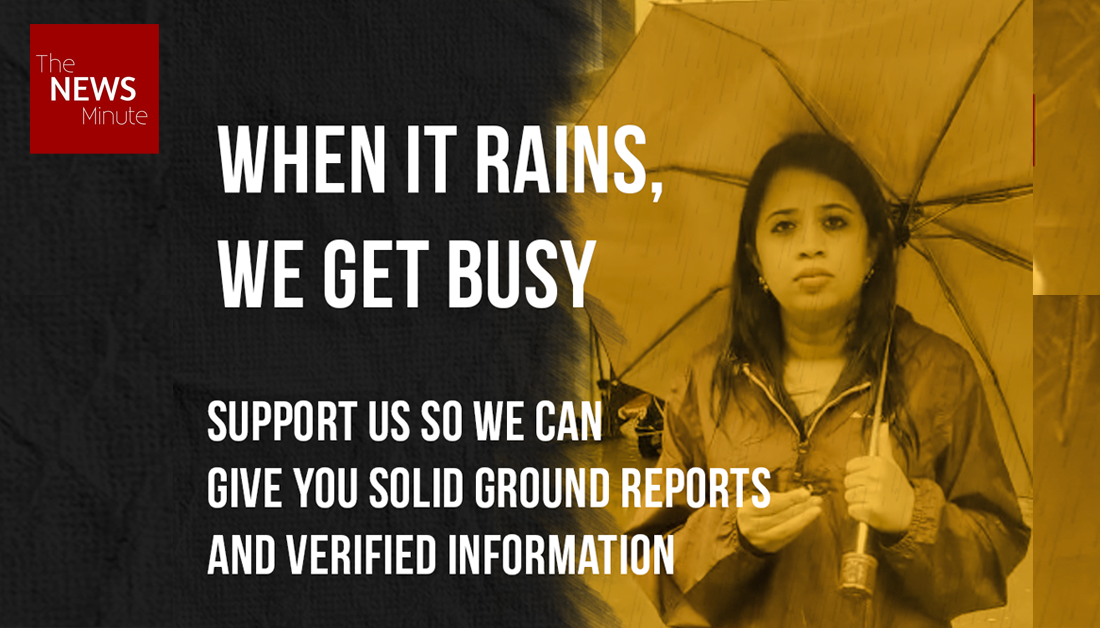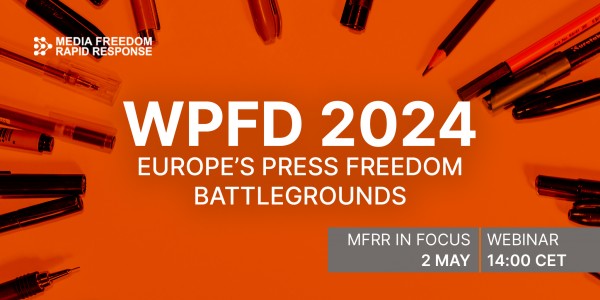Local Journalism Project Case Study: The News Minute (India)
The backstory:
Founded in 2014 by Dhanya Rajendran, Vignesh Vellore, and veteran journalist Chitra Subramaniam, The News Minute (TNM) prides itself on being a female-driven team, bringing a feminist perspective to coverage on everything from child rights to politics and pop culture.
Audience: The News Minute targets local audiences in India’s southern states of Karnataka, Telangana, Andhra Pradesh, Tamil Nadu, and Kerala. They also receive support from the Indian diaspora worldwide.
Value proposition: With deep access to India’s southern states, The News Minute offers in-depth analysis, breaking news, and opinion, filling an information gap for 250 million people. Feminist thinking is embedded into their stories, and they aim to cover deeper journalism that people would be more inclined to pay for.
Product and distribution: Articles are distributed through a newsletter and social media platforms (Twitter, Instagram, and Facebook). There is a weekly newsletter called ‘Here’s the Thing’, containing interviews that aim to convey interesting perspectives, as well as a ‘Daily Wrap’ that distributes the daily news to members and readers.
The News Minute has also launched a new membership product targeting non-resident Indian communities in places such as North America, West Asia, and the UK. They have been able to hit 3,000 subscribers in India and across the world as a consequence.
The Team: The News Minute has an editorial team of 25 to 30 people across their five bureaus. 65 percent of the team are women and are of a younger demographic. Part of their team works on the “unfocused” breaking news whilst the rest of the team is in charge of covering the more “focused” ground reports.
Business model: Advertisement revenue has been steadily increasing but it is insufficient to sustain the organization. Sponsored content through “TNM Marquee” and “Brand Studio”, membership programs and consultancies have served as alternate revenue streams. After launching with their personal funds, the founders received funding from media investor Raghav Bahl, which has enabled them to scale up. Collaborations with NGOs and the Telangana police have also acted as a source of revenue.
TNM was selected from 255 applicants to receive a grant as part of the Google News Initiative Innovation Challenge and was chosen for its ability to show an “actionable” solution to the need to increase reader engagement in the region through their TNM Connect concept.
The outlet has been gravitating towards adopting a strategy that looks beyond reader revenue as a whole through enabling readers to provide support in ways that go beyond the traditional concept of membership – whether it is by supporting a specific project or contributing small amounts to the website.
Trust/Misinformation:
The News Minute aims to foster a deeper form of engagement with its readers. Members are encouraged to involve themselves in its monthly editorial meetings, where they are given the opportunity to be a part of the discussions on potential stories, pitch ideas, and collaborate with reporters. This allows the outlet to remain transparent, approachable, and build credibility and engagement.
The future:
Challenges have arisen in relation to their membership program. The Reserve Bank of India has changed its guidelines, which has complicated the process of accepting recurring international payments.
TNM has been looking at ways to improve the engagement they receive from non-resident Indians, who have been more reluctant to convert to members. A “premium model” has been discussed as a potential solution to this.
Editorially, they aim to continue to produce impactful stories that will attract readers and they are currently experimenting with a new newsletter containing reader-generated content. Financially, they don’t foresee that they can remain dependent on advertising revenue in the forthcoming years.
Ask them about:
Building a new regional media outlet from scratch; diversifying revenue streams; applying a feminist lens to journalism.
In their words:
Dhanya Rajendran, founder and editor, The News Minute:
“I strongly believe that Kerala and Tamil Nadu behave politically differently than the rest of the country because they have better regional media. The focus should be on regional media.”
“In a world where there’s so much fake news – and so many options to consume information and content for free (Facebook, Twitter, WhatsApp…) – should news organizations even be considering restricting access to our journalism?”
“For regular news, mostly the local matters. Especially in the digital space where you have the choice to not click on a story. People choose and read only what they want to read. They read things about where they live, or where they were born.”
Ragamalika Karthikeyan, Editor – Special Projects & Experiments, The News Minute
“Journalism followed where people took us. With a membership program, this can be more streamlined and structured, and our members can point us to stories minus the noise of social media.”
“… We don’t see subscription — or going behind a paywall — as the right route for us. A transactional relationship with the reader is not what we want.”
“Dedicate your resources where you think that they are needed the most. We’re not letting go of advertising revenue altogether … but we realize that’s not what we can be dependent on. Because most media in India, if they’re depending on advertising revenue, they’re depending on government advertisements. We can’t depend on that. We don’t take any government ads.”
“Membership exists, and we want to convert as many of our readers into members as possible, because that is then an organic process of involving the reader in everything that we are doing as stakeholders. So that continues, but we’re also broadening the focus into audience revenue.”
Source for information and views in this case study: Interviews with Dhanya Rajendran, founder and editor-in-chief, The News Minute; and Ragamalika Karthikeyan, Editor – Special Projects & Experiments.
This story is part of IPI’s Local Journalism Project. The publication of these case studies – part of IPI’s wider work mapping, networking and supporting quality innovative media serving local communities – is supported by the Friedrich Naumann Foundation.



